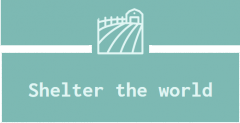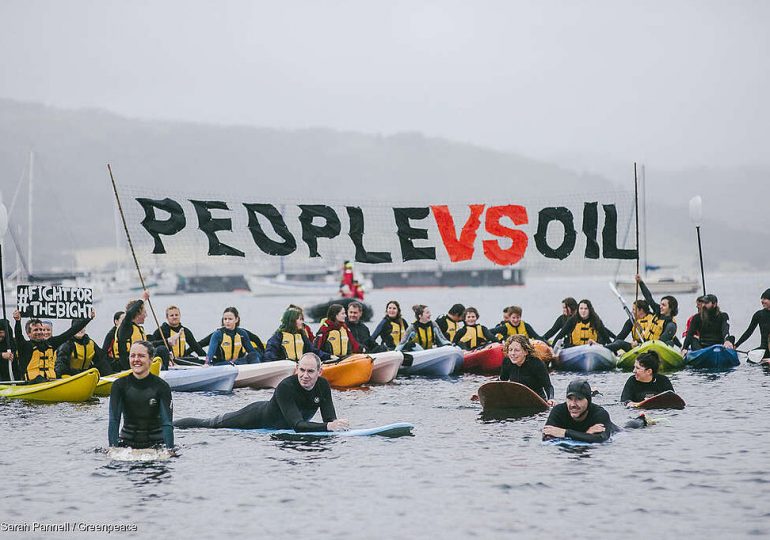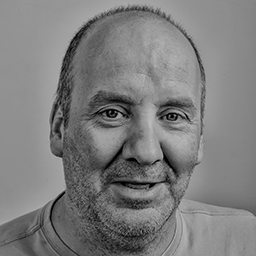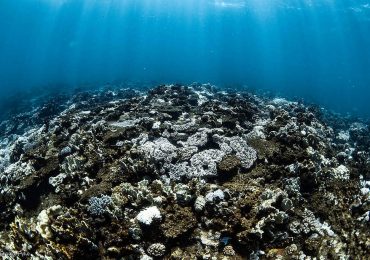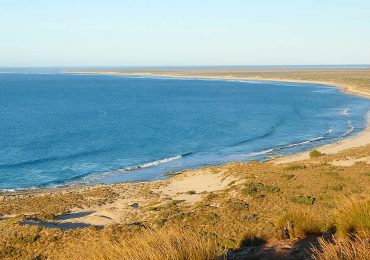One fresh early morning spring back in 2018, I was huddling with a couple of colleagues on a sturdy wooden bench in one of Sydney’s inner city parks. None of us were carrying our mobile phones.
In serious tones, my Greenpeace colleagues told me about a good deed done by someone whose name was not disclosed, and whom I will likely never meet.
A person ‘with knowledge of the matter’, as journalists like to say, had decided to covertly make public a copy of the internal spill modelling of Norwegian oil and gas giant Equinor—which at the time was planning to drill for oil in the deep waters of the Great Australian Bight—by getting that crucial information to Greenpeace.
At the time, Greenpeace, as part of an alliance of communities and organisations, were fighting to stop Equinor’s plans from going ahead, which would not only be disastrous for a world scrambling to urgently reduce greenhouse gas emissions, but—as the leaked spill modelling revealed-–but also pose risks of catastrophic direct pollution along Australia’s southern coast.
The information wasn’t yet public, but we knew the power of what we had been given.
We also were heavily conscious that it was a big deal that one of the very few people who would have had access to this information, was so shocked by what they saw that they put their job on the line to leak it to Greenpeace Australia Pacific.
We handed the story and documents to multi-award-winning environmental journalist Peter Hannam at the Sydney Morning Herald, whose column—and accompanying graphics—sparked an outpouring of community outrage across the nation.
Oil spill shoreline impact. Equinor GAB oil spilling modelling – unrestricted flow open hole subsea release over 129 days. Credit: Sydney Morning Herald © Sydney Morning Herald
Campaigns often have a moment when events change direction, or abruptly quicken. Sometimes these instants only become evident with hindsight, but at other times you feel the shift as surely as clouds clearing from the daytime sky.
Just over a year later, Equinor abandoned plans to drill the Great Australian Bight. In the midst of celebrating the successful outcome of the shared effort to defend our oceans from the voracious intentions of one of the world’s biggest fossil fuel companies, I thought of the anonymous whistleblower, whose defining role would go uncredited.
Many acts of love are tender and personal, but love expressed as an act of conscience or obligation is of a different order. Agape is love for others expressed generally: a giving and unselfish love, for humanity in the abstract, and for nature, too.
Being a principled whistleblower is an act of agape because it involves selflessly taking action out of obligation, often at significant personal cost or risk, simply because it is the right thing to do.
In these hurrying days of ecological emergency and democratic institutions under pressure, the bravery and nobility of principled truth-telling and whistleblowing are indispensable to our hope for systemic transformation.
The precious information of the whistleblower is a gift of love. Within inhumane systems—fossil fuel corporations that are destroying our oceans and heating our planet beyond recognition, or governments that are suppressing democracy or committing atrocities—disclosures can save lives and ecosystems, and decisively change the course of events.
These anonymous acts of love and bravery by heroes without name, also act as beacons of principle, reminding us of the profound possibilities of human agency. Our society should honour and protect whistleblowers.
The odds are probably very small that the unknown Equinor whistleblower will ever read this, but I want to say: thank you for your act of conscience. You are deserving of our gratitude on the scale of the wide, wild, wonderful southern ocean that you played such an outsized part in protecting, with your selfless act of courage and conscience. Thank you.
PS: If you are or want to be a whistleblower or know someone who is in the position, the Human Rights Law Centre, has provided legal advice to 80 whistleblowers, helping them expose wrongdoing while advocating for stronger protections for whistleblowers. If you need to leak information relevant to protecting the climate or environment, HRLC has published an excellent guide on how to do this safely.
Q&A
Many people are rightly furious about Minister Murray Watt’s provisional decision on Woodside North West Shelf (NWS) and I have been asked numerous times about what happens next?
It is obviously a bad decision by Minister Watt–but very much not the end of the road for the campaign to stop Woodside. Fundamentally, Watt’s decision does not actually create any permission for new gas to be extracted. As Woodside’s CEO Meg O’Neill herself admitted: ‘it’s taken more than six years to grant approval to extend the life of an asset that’s been operating for 40 years, when we’re not planning to do anything that the outside the fence line that we’ve already established’.
On the face of it, Watt appears to have authorised Woodside to keep pumping gas until 2070–but the company doesn’t have enough gas to do that, unless they get the rights to exploit the offshore Browse basin–and no decision has yet been made permitting Woodside to do so. Our view is that the statutory grounds for Minister Watt to reject Browse are both compelling and strong.
Extracting gas from Browse would directly threaten the Scott Reef–the largest oceanic coral atoll in Australia–a paradisiacal marine ecosystem home to an extraordinary array of wildlife. In our view, there is ample evidence that Browse would contravene protected matters under the (Cwth) Environment Protection and Biodiversity Conservation Act.
Already, the call to ‘Save Scott Reef’ is proving to be a powerful rallying cry for communities in WA and around Australia. The contest to stop Woodside’s expansion is very far from over. Saving Scott Reef and stopping Browse is now the focus for the coming days and weeks. We have, to quote the classics, only just begun.
Leave a comment
